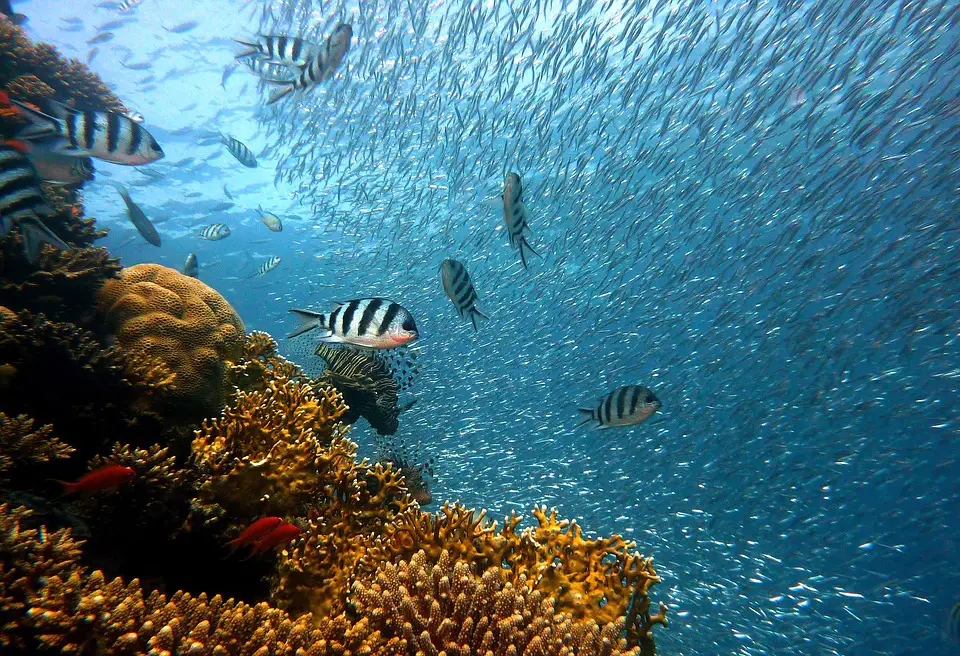When it comes to fishing, one technique that has gained popularity among anglers worldwide is jigging. Jigging is a versatile fishing method that involves using a jig to imitate the movements of prey and entice fish to strike. Whether you’re fishing in freshwater or saltwater, mastering the art of jigging can significantly increase your chances of catching fish. In this article, we will explore the ins and outs of jigging, from choosing the right jig to perfecting your jigging technique.
Choosing the Right Jig
One of the most important aspects of jigging is selecting the right jig for the job. Jigs come in a variety of shapes, sizes, and colors, each designed to attract different types of fish. When choosing a jig, consider the depth of the water you’ll be fishing in, the type of fish you’re targeting, and the speed at which you’ll be retrieving the jig.
Mastering Your Jigging Technique
Once you’ve selected the right jig, it’s time to master your jigging technique. Jigging involves imparting a series of jerky, vertical movements to the jig, mimicking the actions of injured prey. This erratic motion is what often triggers a fish to strike. Practice your jigging technique in different water conditions to see what works best for the fish in your area.
Types of Jigging
There are several types of jigging techniques that anglers use, including vertical jigging, casting jigging, and slow-pitch jigging. Each technique has its own set of challenges and benefits, so it’s essential to experiment with different methods to see which one yields the best results for you.
Equipment for Jigging
Having the right equipment is crucial for successful jigging. Ensure you have a suitable rod and reel combo for the type of jigging you’ll be doing, as well as the right line and leader. Additionally, consider using a fish finder to locate schools of fish and increase your chances of a successful catch.
Tips for Successful Jigging
Here are some tips to help you improve your jigging skills:
| Tip | Description |
|---|---|
| Choose the Right Jig | Match the size and color of your jig to the prey fish in the area |
| Vary Your Retrieve | Experiment with different retrieval speeds and patterns to entice fish |
| Use a Scent | Adding a scent to your jig can help attract fish even in murky waters |
| Stay Patient | Jigging requires patience and persistence, so don’t give up too quickly |
Key Takeaways
Mastering the art of jigging can significantly increase your success as an angler. By choosing the right jig, perfecting your technique, and using the right equipment, you can improve your chances of catching fish. Remember to experiment with different jigging techniques and stay patient to see the best results.
Frequently Asked Questions About Sustainable Living
-
- What is sustainable living?
Sustainable living is a lifestyle that aims to reduce one’s environmental impact by making conscious choices about energy consumption, waste production, and resource usage.
-
- How can I live more sustainably?
Living sustainably involves practices such as recycling, reducing energy consumption, using eco-friendly products, and supporting sustainable businesses.
-
- Why is sustainable living important?
Sustainable living is important because it helps to preserve the environment for future generations and reduces the impact of climate change.
-
- What are some easy ways to start living sustainably?
Simple steps like using reusable bags, reducing water waste, and consuming less meat can all contribute to a more sustainable lifestyle.
-
- How does sustainable living benefit me?
Living sustainably can lead to cost savings, improved health, and a sense of satisfaction from knowing you’re making a positive impact on the environment.
-
- Can I still enjoy fishing while living sustainably?
Absolutely! By following sustainable fishing practices, choosing biodegradable fishing gear, and releasing caught fish responsibly, you can enjoy fishing while being environmentally conscious.
-
- What are some sustainable fishing practices?
Sustainable fishing practices include catch-and-release fishing, supporting sustainable seafood choices, and adhering to fishing regulations to protect fish populations.
-
- How can I reduce waste while fishing?
Reduce waste by properly disposing of fishing line, using biodegradable bait, and avoiding single-use plastic items while fishing.
-
- Is it important to support sustainable fishing practices?
Yes, supporting sustainable fishing practices helps to preserve fish populations, protect marine ecosystems, and ensure the long-term viability of the fishing industry.
-
- What are some resources for learning more about sustainable living?
There are many online resources, books, and organizations dedicated to promoting sustainable living practices. Do your research and find the resources that best align with your values and goals.
Conclusion
Mastering the art of jigging is a rewarding experience that can lead to multiple successful fishing trips. By choosing the right jig, perfecting your technique, and using the right equipment, you can enhance your chances of catching fish. Remember to practice patience and experiment with different jigging techniques to see what works best in your fishing area. Additionally, adopting sustainable fishing practices can ensure the long-term health of fish populations and marine ecosystems. By balancing your passion for fishing with a commitment to sustainability, you can enjoy the sport while making a positive impact on the environment.

